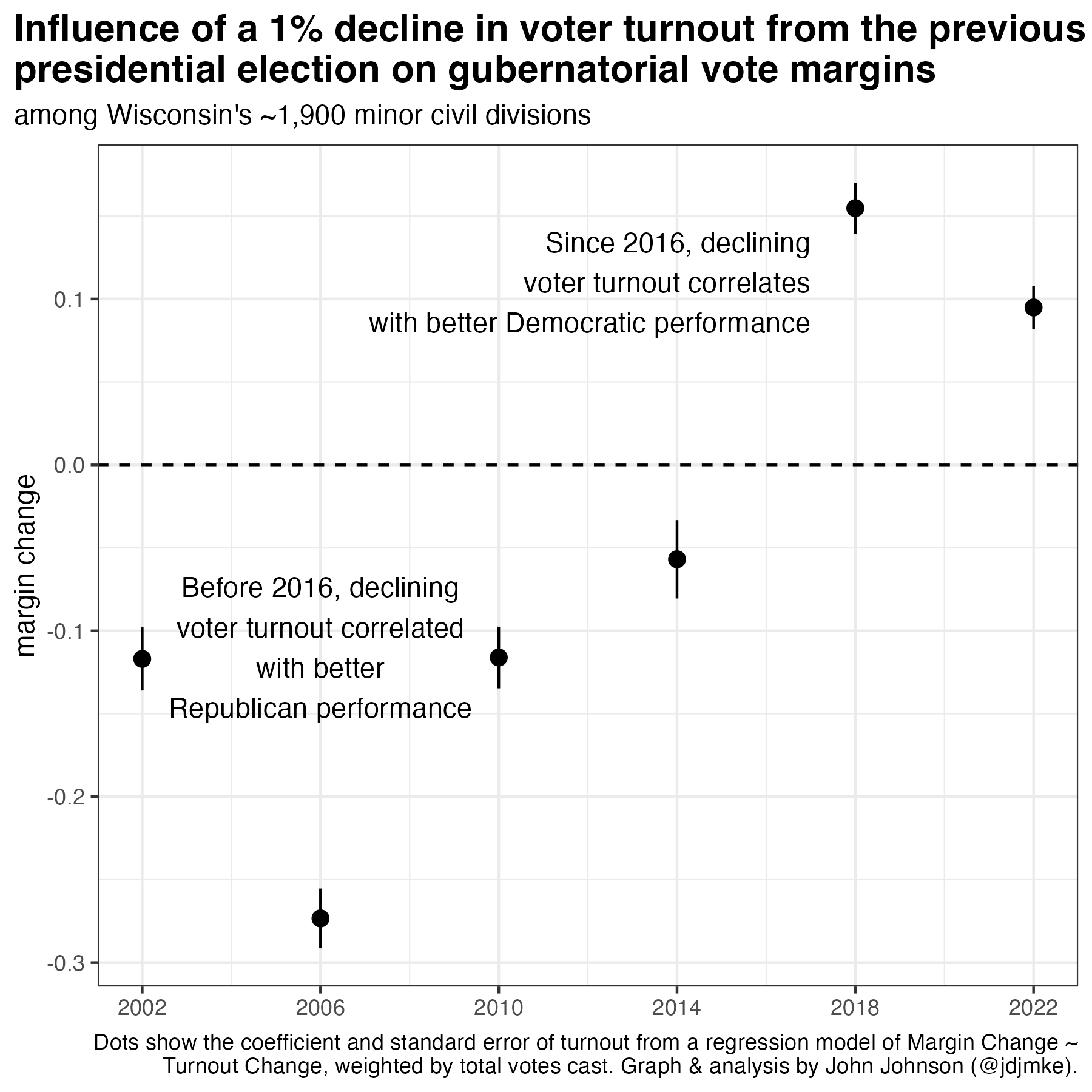Wisconsin Supreme Court Confirms DNR’s Power to Enforce the Spills Law Amid Increasing Citizen Concerns Over PFAS
The latest edition of the Marquette Law School Poll revealed that 79 percent of registered Wisconsin voters are very or somewhat concerned about a class of emerging contaminants known as PFAS, often called the “forever chemicals,” in their water supply. PFAS have been used across a broad spectrum of commercial applications from firefighting foam to food packaging. They were prized for their resistance to breaking down; ironically, that trait has caused part of the problem, as PFAS are now present throughout the environment.
More recently, scientists have determined that PFAS cause a variety of serious adverse health effects including cancer. Significant quantities of PFAS have been detected in numerous Wisconsin public water distribution networks and private wells. The poll results show that Wisconsinites’ level of concern about PFAS has increased ten percent from last year, and twenty percent over 2022, when the question first appeared in the poll. When the sample is confined to those who have heard about PFAS in their community, a full 90% are very or somewhat concerned about PFAS.
Meanwhile, late last month the Wisconsin Supreme Court sided with the Wisconsin Department of Natural Resources in a dispute over the extent of the DNR’s authority to require responsible parties to clean up releases of PFAS and other emerging contaminants under the state’s “Spills Law,” Wis. Stat. s. 292.11. At its core, the Spills Law requires a person who causes the discharge of a “hazardous substance” (or who possesses or controls a hazardous substance that has been discharged) to notify WDNR of the spill and then to “take the actions necessary to restore the environment”—a potentially time-consuming and expensive process.
We have known for a long time that some substances, such as PCBs, are “hazardous.” But others, such as PFAS, have lurked unknown or undetectable until very recently, hence the name “emerging contaminants.” The statute does not enumerate which “substances” are “hazardous.” Instead, it broadly defines the term to include anything that causes a substantial threat to human health or the environment. Historically, the DNR enjoyed considerable flexibility in determining what qualifies as a “hazardous substance” on an ad hoc basis, sometimes even construing it to include everyday substances (milk, for example, when released in sufficient quantities to sensitive receiving waters).
The central question in the case decided in June, Wisconsin Manufacturers and Commerce, Inc. et al. v. Wisconsin Natural Resources Board, et al., arose over whether WDNR could continue to determine “hazardous substances” on a case-by-case basis, or whether it had to engage in administrative rulemaking to create a list identifying which substances it considered hazardous, and at what quantities or concentrations in the environment. The rulemaking process is lengthy and often controversial, so a decision against DNR would have posed substantial challenges for it, potentially eliminating its ability to respond in real time to spills of emerging contaminants. On the other hand, a list of hazardous substances would provide predictability and certainty to parties responsible for cleanups under the Spills Law. Both the trial court and the court of appeals ruled against DNR and would have required the agency to create the list. The agency would presumably also have had to revise the list via rulemaking whenever it wanted to add a new “emerging contaminant,” a difficult task when considering that PFAS are not a single chemical compound but rather a generalized term for a class of thousands of slightly different substances.
The supreme court reversed, holding in DNR’s favor that the agency could continue its practice of determining whether a release involved a “hazardous substance” based on the individual circumstances of each case. The court held that the statute’s “broad and open-ended” definition of “hazardous substance” is cabined by the requirement that the substance significantly increase mortality or contribute to serious illness in humans, or that it may pose a substantial hazard to human health or the environment.
The court also found no definitional rulemaking requirement in the plain text of the statute, despite the Legislature’s inclusion of such a requirement in other provisions of the Spills Law. In considering how the Spills Law works, context is important, the court observed: “a gallon of milk spilled into Lake Michigan may not ‘pose a substantial present or potential hazard to human health or the environment,’ but a 500-gallon tank of beer or milk discharged into a trout stream might well pose [such a hazard] to the stream’s fish and environment.” Thus, the court thought it was important for DNR to retain some flexibility in interpreting the statute.
Moreover, the court held the DNR’s interpretation did not violate Wis. Stat. s. 227.10(2m), a provision that I have blogged about before. It requires “explicit” statutory or regulatory authority for an agency to “implement or enforce any standard, requirement, or threshold.” The court reiterated its holding in the Clean Wisconsin cases that the statute “may be satisfied by a grant of authority that is explicit but broad.” The requisite authority was present in the Spills Law itself, the court found.
The court’s affirmation of DNR’s authority to require responsible parties to remediate spills of emerging contaminants such as PFAS on a case-by-case basis is, no doubt, a victory for the agency. It allows DNR to require cleanup for spills not only of PFAS but of any other emerging contaminant that comes along in the future. But it also likely provides some comfort to the 79 percent of Wisconsinites who are concerned about PFAS entering their water supply.
Read the Wisconsin Supreme Court’s opinion here.



